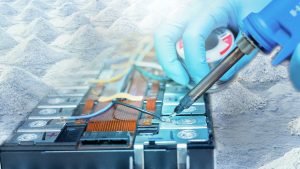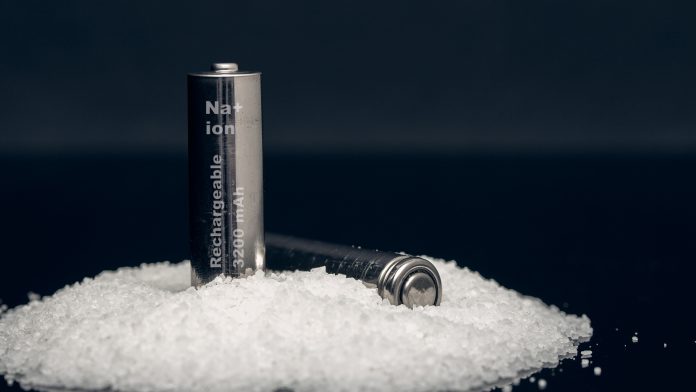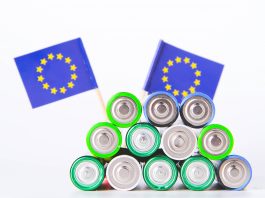Researchers from Chalmers University of Technology have discovered that sodium-ion batteries have an equivalent climate impact as their lithium-ion counterparts – without the risk of running out of raw materials.
Batteries are being produced rapidly; however, production increase means a shortage of lithium and cobalt, which are critical components in the most common battery types. Sodium-ion batteries could solve this problem because their materials come from salt and biomass.
“The materials we use in the future batteries will be important to switch to renewable energy and a fossil-free vehicle fleet,” explained Rickard Arvidsson, Associate Professor of Environmental Systems Analysis at Chalmers.
The new research is published in the Journal of Industrial Ecology.
The increasing demand for battery metals
According to the European Commission’s Critical Raw Materials Act, the demand for critical raw battery materials is expected to increase exponentially as EU countries transition to renewable energy systems and electric vehicles.
At the same time, such production carries a high risk of supply disruptions, due to the limited number of sources for raw materials.
Arvidsson said: “Lithium-ion batteries are becoming a dominant technology in the world and are better for the climate than fossil-based technology is, especially for transport.
“However, you can’t produce lithium-based batteries at the same rate as you want to produce electric cars, and the deposits risk being depleted in the long term.”
Sodium-ion batteries could be a promising alternative
The development of new battery technologies is moving fast in the quest for the next generation of sustainable energy storage – which should preferably have a long lifetime, high energy density, and be easy to produce.
The researchers chose to look at sodium-ion batteries, which contain sodium, a very common substance found in common sodium chloride, instead of lithium.

In their study, they carried out a so-called life cycle assessment of the batteries, where they examined their total environmental and resource impact during raw material extraction and manufacturing.
“We concluded that sodium-ion batteries are much better than lithium-ion batteries in terms of impact on mineral resource scarcity and equivalent in terms of climate impact,” stated Arvidsson.
“Depending on which scenario you look at, they end up at between 60 and just over 100 kilogrammes of carbon dioxide equivalents per kilowatt hour theoretical electricity storage capacity, which is lower than previously reported for this type of sodium-ion battery.”
The researchers also identified a number of measures with the potential to further reduce climate impact, such as developing an environmentally better electrolyte, as it accounted for a large part of the battery’s total impact.
Green energy requires efficient energy storage
Today’s sodium-ion batteries are already expected to be used for stationary energy storage in the electricity grid, and with continued development, they will probably also be used in electric vehicles in the future.
Arvidsson said: “Energy storage is a prerequisite for expanding wind and solar power. Given that the storage is predominantly done with batteries, the question is, what will those batteries be made from? Increased demand for lithium and cobalt could hinder this development.”
The major advantage of the technology is that the materials in the sodium-ion batteries are abundant and can be found worldwide. One electrode in the batteries – the cathode – has sodium ions as a charge carrier, and the other electrode – the anode – consists of hard carbon, which can be produced from biomass from the forest industry.
“Batteries based on abundant raw materials could reduce geopolitical risks and dependencies on specific regions for battery manufacturers and countries,” concluded Arvidsson.









